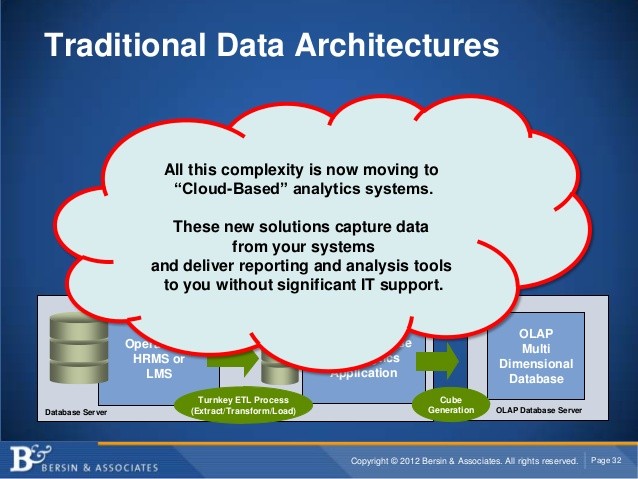Data Mining Moves to Human Resources
Post on: 16 Март, 2015 No Comment

Using sophisticated mathematics, HR departments are learning new ways to determine the value of each employee
The chart looks like colorful pop-art doughnuts flying through space. The message, though, is anything but playful. Based on a mathematical analysis of work at an undisclosed Internet company, each circle represents an employee. Those who generate or pass along valuable information within the company are portrayed as large and dark-colored. And the others? On a relative scale, they don’t add a hell of a lot, says Elizabeth Charnock, chief executive of Cataphora, the Redwood City (Calif.) company that carried out the study for a client. The upshot for managers faced with a mandate to downsize: Small and pale circles might be a good place to start cutting.
For most of its eight-year history, Cataphora has focused on digital sleuthing. The company hunts for statistical signs of fraud. But in the past few years, Cataphora has been dispatching its data miners into a new market: statistical studies of employee performance.
The trend, though early, is unmistakable, and it extends far beyond Redwood City. Number crunching, a staple for decades in the quantifiable domains of engineering and finance, has spread in recent years into marketing and sales. Companies can now model and optimize operations, and can calculate the return on investment on everything from corporate jets to Super Bowl ads. These successes have led to the next math project: the worker. You have to bring the same rigor you bring to operations and finance to the analysis of people, says Rupert Bader, director of workforce planning at Microsoft (MSFT).
Such a mission might have been laughable a decade ago. But as the role of computers in the workplace expands, employees leave digital trails detailing their behavior, their schedule, their interests, and expertise. For executives to calculate the return on investment of each worker, their human resources departments are starting to open their doors to the quants.
Master Burnett, managing director of HR consultancy Dr. John Sullivan & Associates, estimates that only 1% to 2% of large corporations have begun harnessing analytics to evaluate their workforces. They’re led by the data-focused tech companies, including IBM (IBM), Microsoft, and Oracle (ORCL), along with finance players such as Capital One Financial (COF). Elsewhere, says Burnett, HR pros often lack number-crunching skills. But as competition grows, he predicts, a new wave of math-savvy managers will do the numbers on human capital.
A common starting point is to decode the patterns of success. Microsoft, for example, studies correlations between thriving workers and the schools and companies they arrived from. Also, by analyzing communications within Microsoft, analysts can ID superconnectors who help share ideas and others who appear to hold them up, so-called bottlenecks.
CAREER NUMBERS
How to hold on to hotshots? New software offers a data-mining approach. An employee retention program developed by software company SAS, for example, crunches data on employees who have quit in the past five years—their skills, profiles, studies, and friendships. Then it finds current employees with similar patterns. Another SAS program pinpoints the workers most likely to suffer accidents.
The eventual goal is to project how much workers will produce over their careers. In a number-driven labor market, the value of their skills will rise and fall. With these figures in hand, companies will be able to carry out cost-benefit studies on recruiting, training, and employee retention (along with its counterpart, layoffs).

IBM leads the way on such studies. Research analysts are charting the skills and experience of the entire workforce. Then, studying technology and economic trends, they’re trying to predict the skills IBM will need down the road—and whether the needed knowhow should be taught or recruited.
While tracking the value of a knowledge worker’s ideas is in its infancy, social networks provide valuable laboratories. A few giants, such as IBM, build their own social nets. Others implement offerings from software makers such as SAS. These are designed to link workers and to study their ideas and circles of influence.
The challenge, then, is to figure out which workers come up with winning ideas. Cataphora starts by studying communications through a company. Certain employees produce chunks of data—whether words or software code—that later pop up in other messages. The people copied most often, Cataphora concludes, are thought leaders. They get big dark blue circles. Other people spot the valuable content and pass it on. Those are networked curators. Their circles are bright red.
What about the worker who dispenses priceless wisdom the old-fashioned way, through spoken words at the coffee machine? Much of that goes unrecorded by the analytic team. So there are limits to number crunching. Machines may advance in HR, but humans will retain a strong supporting role.
Return to the Game-Changing Management Ideas Table of Contents














